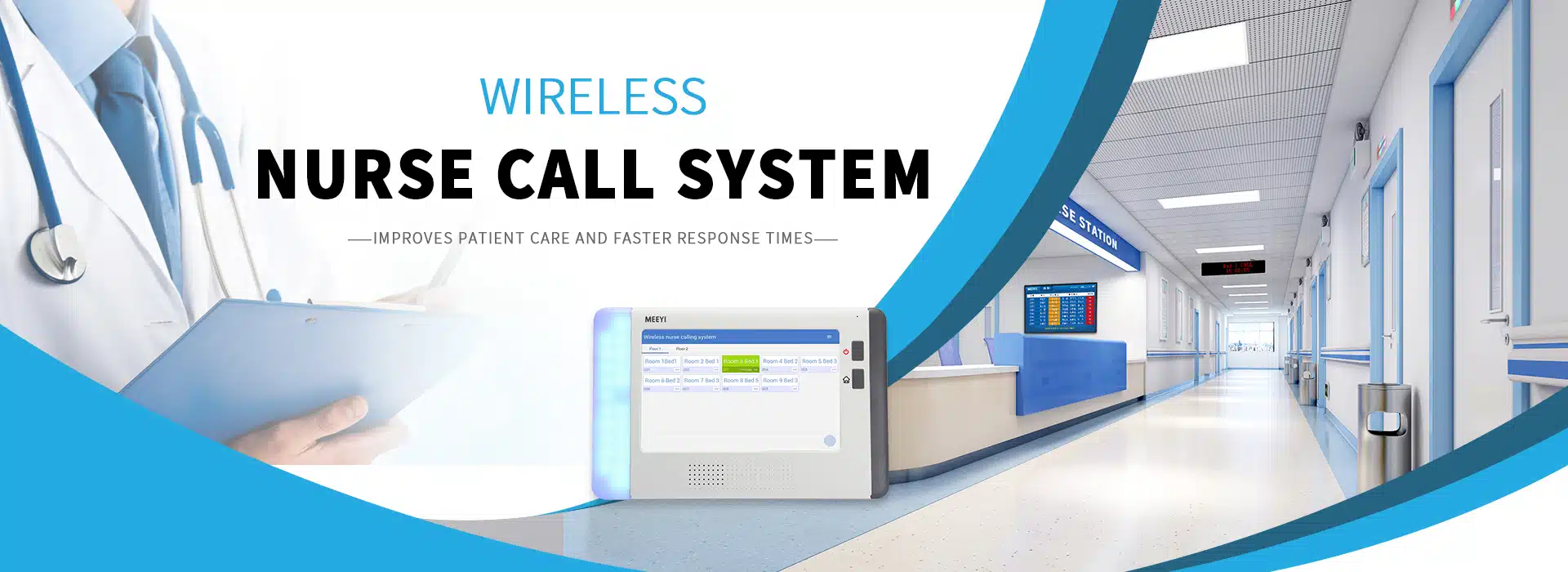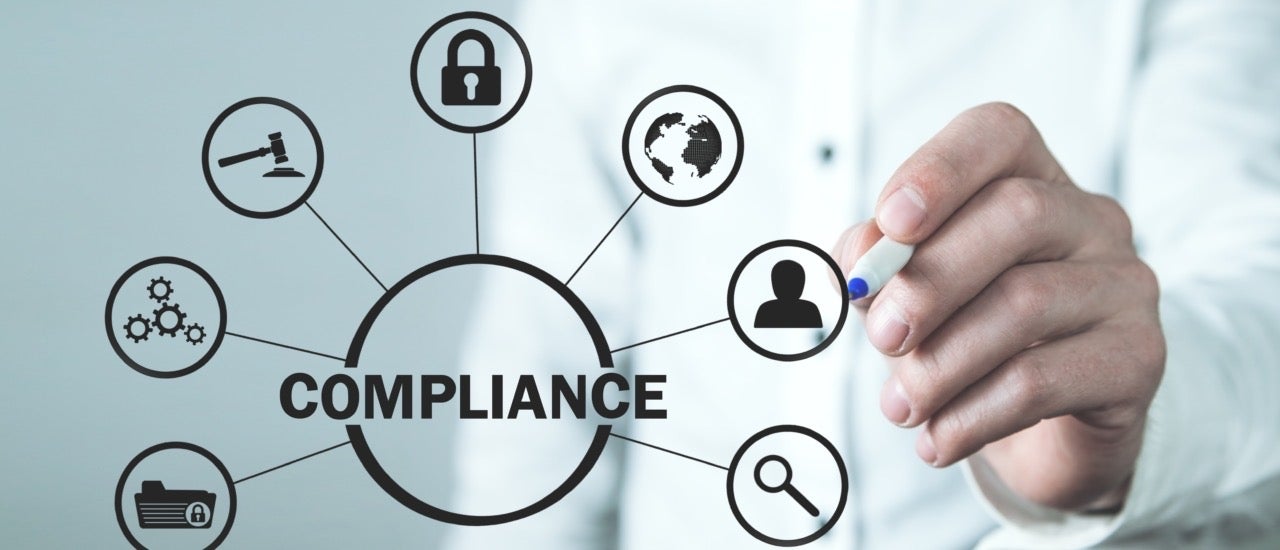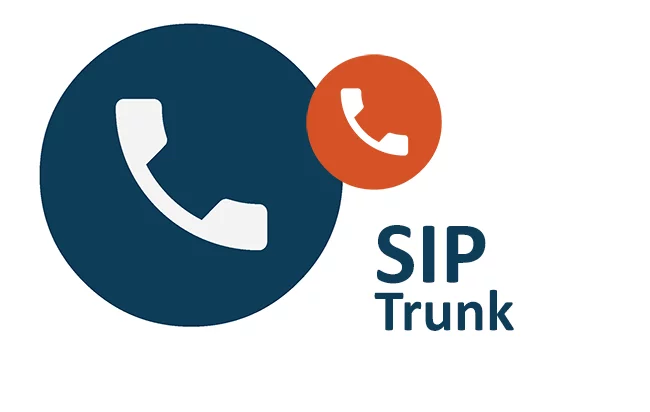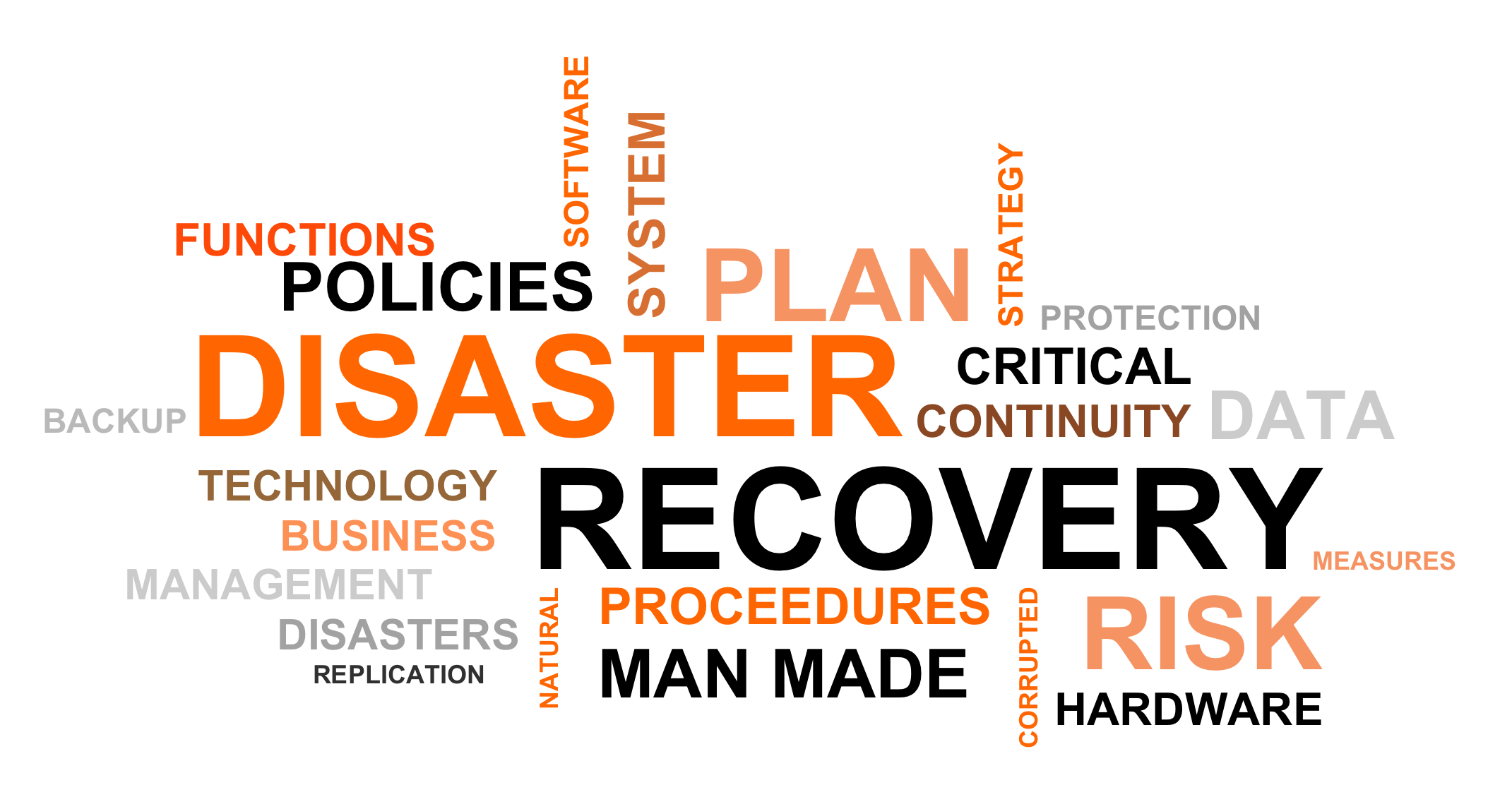
Key Features of Effective Wireless Nurse Call Systems Today
In modern healthcare settings, effective communication is vital for providing high-quality patient care. One of the most significant advancements in this area is the wireless nurse call system for hospitals. These systems enable patients to communicate their needs quickly and efficiently, ensuring timely responses from healthcare providers. As technology evolves, so do the features that make these systems more effective and user-friendly. In this article, we will explore the key features of effective wireless nurse call systems and how they contribute to improved patient outcomes and operational efficiency.
Understanding Wireless Nurse Call Systems
A wireless nurse call system is a communication solution that allows patients to alert healthcare staff when assistance is needed. Unlike traditional wired systems, wireless systems use radio frequency or Wi-Fi to transmit alerts, enabling real-time communication between patients and healthcare providers. By streamlining the communication process, these systems significantly enhance the overall patient experience.
Key Features of Effective Wireless Nurse Call Systems
- User-Friendly Call Buttons
The primary function of a wireless nurse call system is to allow patients to request assistance easily. User-friendly call buttons are essential for ensuring that patients of all ages and abilities can communicate their needs. Modern call buttons are often designed with simplicity in mind, featuring large, easily accessible buttons that can be used with minimal effort. Some systems even allow for personalized call buttons that can be programmed to alert specific staff members or departments based on the patient’s needs.
- Real-Time Alerts
Effective wireless nurse call systems provide real-time alerts to healthcare staff, ensuring that patient requests are addressed promptly. When a patient presses the call button, the system immediately sends a notification to the nursing station or mobile devices carried by staff. This immediacy is crucial in healthcare settings, where every second counts, particularly in emergency situations. Real-time alerts help reduce response times, enhancing patient satisfaction and safety.
- Mobile Integration
Today’s healthcare providers are often on the move, attending to multiple patients across various departments. Wireless nurse call systems that integrate with mobile devices allow nurses to receive alerts directly on their smartphones or tablets. This feature ensures that staff can respond to patient needs promptly, even when they are not at the nursing station. Mobile integration enhances flexibility and efficiency, enabling a more responsive care environment.
- Centralized Monitoring Stations
Centralized monitoring stations are a critical component of effective wireless nurse call systems. These stations display real-time patient alerts, allowing staff to manage requests efficiently. By having a centralized view of all alerts, healthcare providers can prioritize responses based on urgency. This feature is especially beneficial in busy hospital settings where multiple patients may require assistance simultaneously.
- Integration with Other Hospital Systems
A robust wireless nurse call system can integrate with other hospital technologies, such as electronic health records (EHR), patient management systems, and monitoring devices. This integration allows healthcare providers to access relevant patient information while responding to alerts, facilitating informed decision-making. For instance, if a patient calls for help, nurses can quickly review their medical history and current medications, ensuring that they provide appropriate care.
- Data Analytics and Reporting
Modern wireless nurse call systems often come equipped with data analytics capabilities. Hospitals can track key metrics, such as response times, call frequencies, and patient interactions. Analyzing this data enables healthcare administrators to identify trends, assess staff performance, and pinpoint areas for improvement. Data-driven insights can lead to optimized staffing levels and enhanced training programs, ultimately improving patient care.
- Customizable Alerts and Notifications
Different patients have unique needs, and effective wireless nurse call systems can accommodate this diversity by offering customizable alerts and notifications. For example, hospitals can set specific alerts for different departments or staff members, ensuring that the right personnel respond to each call. This customization enhances the efficiency of the communication process and ensures that patients receive the care they need promptly.
- Emergency Alert Features
In critical situations, having an effective emergency alert system is essential. Many wireless nurse call systems include features that allow patients to trigger emergency alerts, notifying staff of urgent situations. This functionality ensures that healthcare providers can respond quickly to emergencies, such as falls or severe medical distress. Having a dedicated emergency alert feature enhances patient safety and provides peace of mind for both patients and their families.
- Patient and Family Engagement Tools
Engaging patients and their families in the care process is essential for improving outcomes. Some wireless nurse call systems offer features that allow patients to communicate directly with their families or provide updates on their status. This engagement can lead to increased satisfaction, as patients feel more connected to their care team and informed about their treatment plans.
- Scalability and Flexibility
As healthcare facilities grow and evolve, their communication needs may change. Effective wireless nurse call systems are designed to be scalable and flexible, allowing for easy expansion and integration of additional features as needed. Whether a hospital is adding new patient rooms or departments, a scalable system can adapt to meet these changing needs without significant overhauls.
Conclusion
The implementation of an effective wireless nurse call system for hospitals is essential for enhancing patient communication, improving response times, and ultimately delivering better patient care. By incorporating key features such as real-time alerts, mobile integration, and data analytics, hospitals can create a responsive, efficient, and patient-centered environment. As technology continues to advance, investing in modern wireless nurse call systems will be crucial for healthcare facilities looking to improve outcomes and enhance the patient experience.





